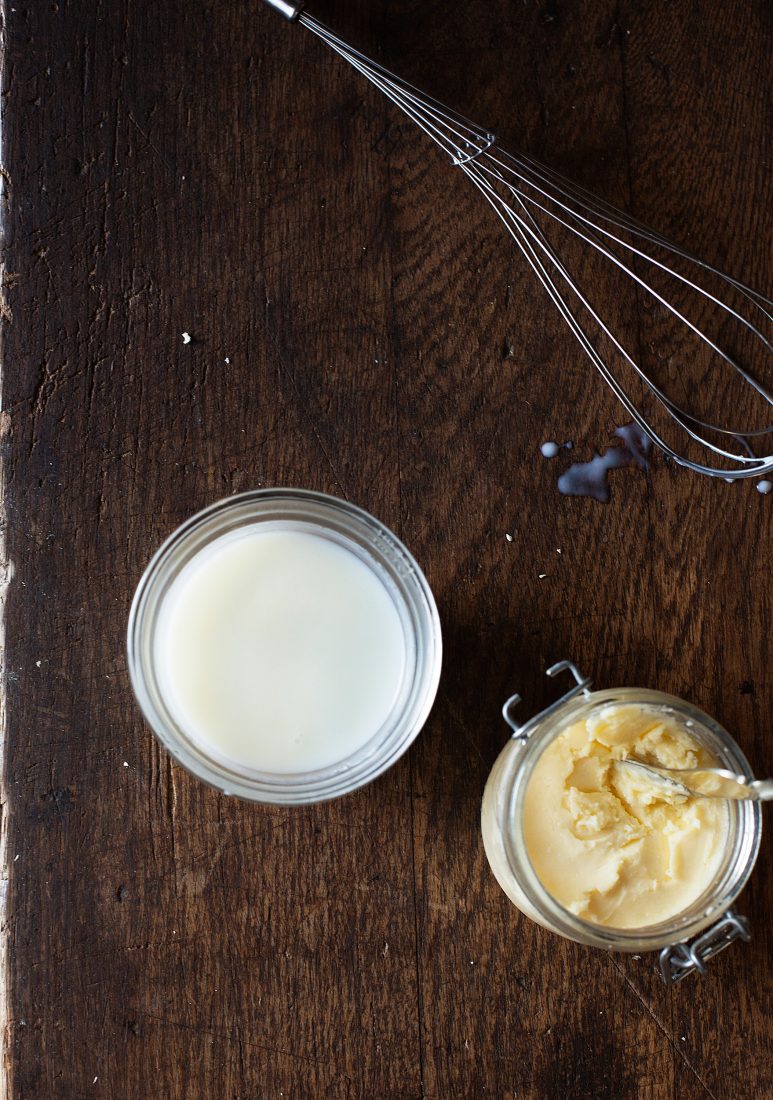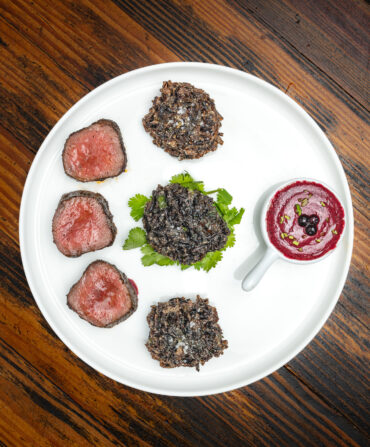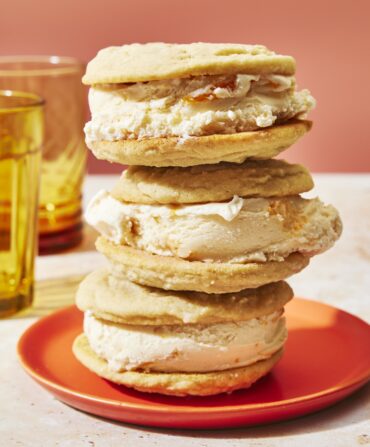Most every biscuit maker has a secret ingredient. For some, it’s the family biscuit bowl, worn through by years of use. For others, it’s a spoonful of mayonnaise in the dough, or salt sprinkled over the rounds. My secret ingredient came from an unlikely place: the Swedish province of Scania, home to food writer and butter evangelist Margit Richert.
Margit and I began e-mailing earlier this year, spurred by an exchange on social media. She has been a writer and a cook, but she also once churned butter for some of the finest restaurants in Europe as part of the artisan butter-making duo Buttervikings. She and Patrik Johannson, who still runs the operation, dabbled in everything from duck fat margarine to so-called bog butter, submerged in a peat bog in imitation of an ancient preservation technique. The heart of their operation, though, was good, fresh dairy.
Homemade butter, produced from quality cream, is to the pallid bricks on most grocery store shelves what shaped-to-order burger patties are to the dried-out pucks at your local drive-through. It’s easy to make, too. For sweet butter, all you need is heavy cream and a whisk, or a stand mixer with a whisk attachment. But that isn’t the trick to my biscuits. Since Margit inspired me to make cultured butter, which starts with soured cream instead of fresh, I haven’t used anything else for my morning baking. Cultured butter brings a tongue-tingling lactic bite to baked goods. It isn’t overwhelming, but it is present enough to make a table of breakfast guests take notice. And it makes a fine skillet cornbread also, as I learned this summer, when chef Steven Satterfield graciously explained to me how he was able to work so many layers of flavor into a simple plate of cornbread and beans.
Giving full credit to Margit, who has yet to visit this part of the world but will no doubt find herself right at home among us butter-loving people when she does, here’s how I make cultured butter and buttermilk these days. Once you’ve cooked a pork chop with a healthy knob of the butter, and mixed a batch of pancakes with the leftover buttermilk, you’ll have a hard time settling for the comparably lifeless commercial alternatives.
Related:
>Pimento cheese biscuit recipe
>Blackberry Farm’s buttermilk biscuits
>Build a better chicken biscuit








